Published Aug 3, 2015
Treknosis: Computer, Run Program
Treknosis: Computer, Run Program
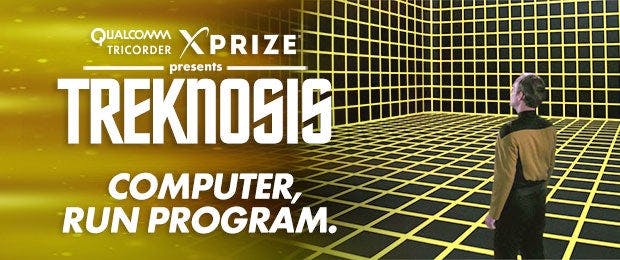
So here's the situation: you've got a medical emergency, but for some reason sickbay is out of bounds — maybe the turbolifts and transporters are down, or a quarantine is in effect, or the entire medical staff was mistakenly given the same time off. Where are you gonna go?The bridge might be an option. The odds of there being an officer on duty who's got at least some emergency medical training are fair, but what about all those exploding consoles?
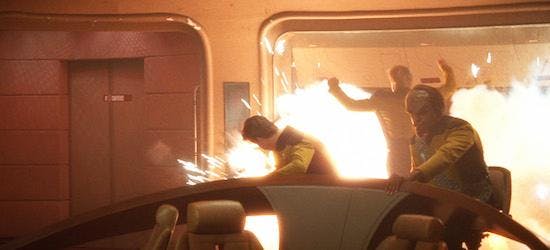

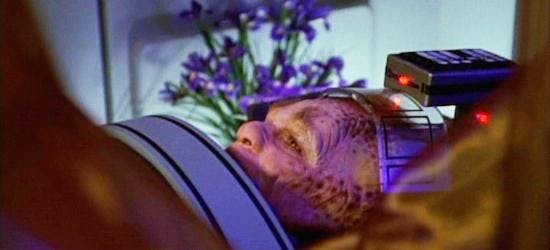
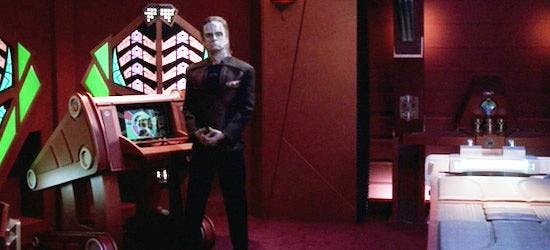
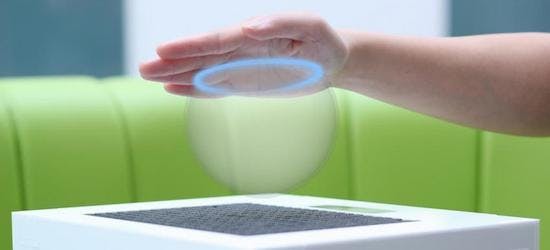
--Jon Sung is a contributing writer for XPRIZE and copywriting gun-for-hire to startups and ventures all over the San Francisco Bay area. When not wrangling words for business or pleasure, he serves as the captain of the USS Loma Prieta, the hardest-partying Star Trek fan club in San Francisco.XPRIZE is an innovation engine. We design and operate prize competitions to address global crises and market failures, and incentivize teams around the world to solve them. Currently, we are operating numerous prizes, including the $30M Google Lunar XPRIZE, challenging privately funded teams to successfully land a robot on the Moon’s surface, and the $10M Qualcomm Tricorder XPRIZE, challenging teams around the world to create a portable, wireless, Star Trek-inspired medical device that allows you to monitor your health and medical conditions anywhere, anytime. The result? Radical innovation that will help us all live long and prosper. Sign up today to join our mission, be a part of our campaign and win collectibles at: tricorderfederation.org.




